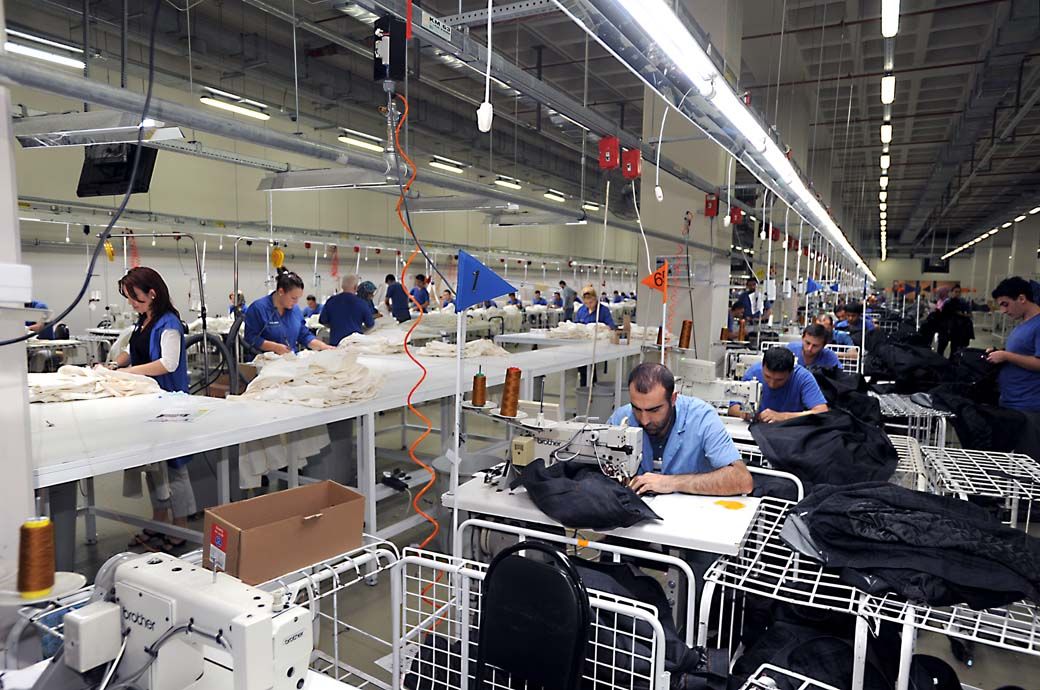Output and purchasing activity were scaled back, although employment continued to rise marginally. Inflationary pressures remained elevated, slowing only slightly from the recent peaks recorded in July.
The Turkish manufacturing sector’s health moderated in August as firms faced challenges in securing new orders, S&P Global said.
Output and purchasing activity were scaled back, though jobs continued to rise marginally.
Inflation remained elevated.
The Turkish lira’s weakness against the dollar and rising wages were the main factors leading to higher input costs.
The headline Istanbul Chamber of Industry Turkiye manufacturing purchasing managers’ index (PMI) posted 49 in August from 49.9 in July, below the 50 no-change mark for the second month running, and thereby, signalling a further slowdown in the Turkish manufacturing sector. The rate of moderation implied by the index was only slight.
A key factor deterring customers from committing to new orders was strong price pressures. Input costs increased sharply, and at a pace that was only slightly softer than the 16-month high posted in July.
Weakness of the Turkish lira against the US dollar and rising wages were the main factors leading to higher input costs, S&P Global said in a press release.
The rate of output price inflation also remained elevated as around 30 per cent of respondents increased their charges over the month.
The aforementioned slowdown in new orders led manufacturers to scale back their production in August, the second consecutive month in which that has been the case. Although only slight, the latest moderation was more pronounced than that seen in July.
Purchasing activity eased, while softer new order inflows also led firms to deplete their inventories of both purchases and finished goods.
Employment increased for the fourth successive month as some firms continued to report the need for additional workers.
“The main positive element in the latest report was that firms continued to hire additional staff, although the rate of job creation was only fractional so it remains to be seen if this growth will continue should demand conditions remain subdued,” Andrew Harker, economics director at S&P Global Market Intelligence, said.
Fibre2Fashion News Desk (DS)



:max_bytes(150000):strip_icc()/Health-GettyImages-1390356602-fb17810af630404bb794a952473f0d90.jpg)

